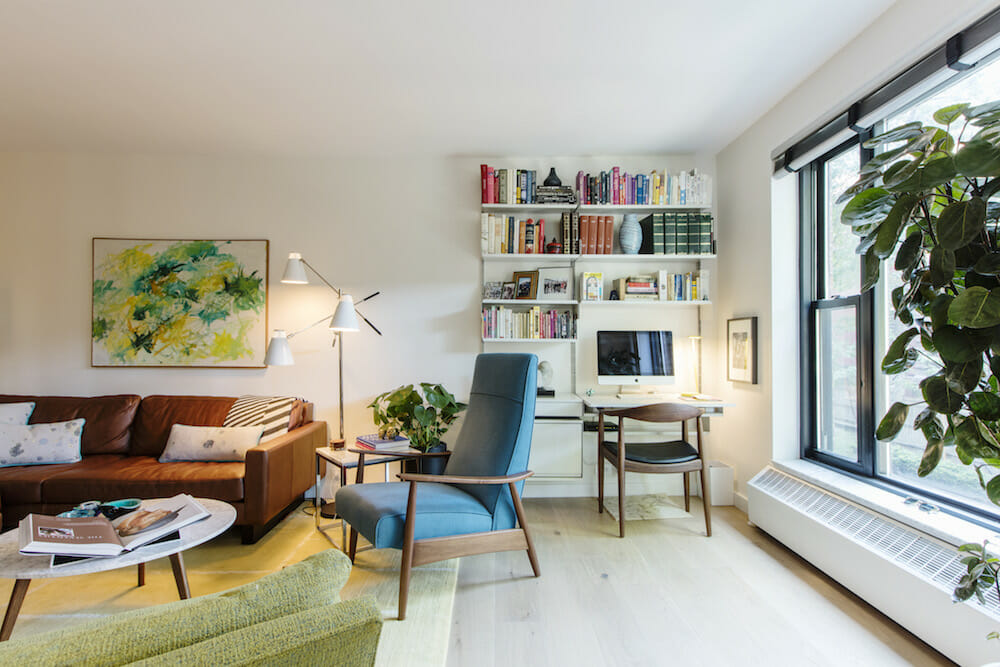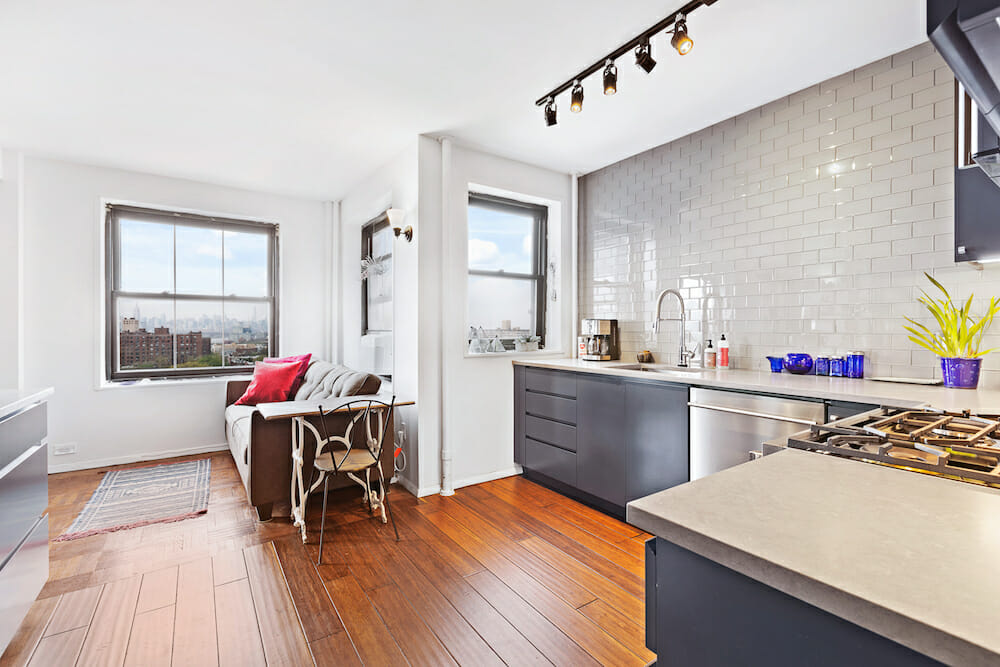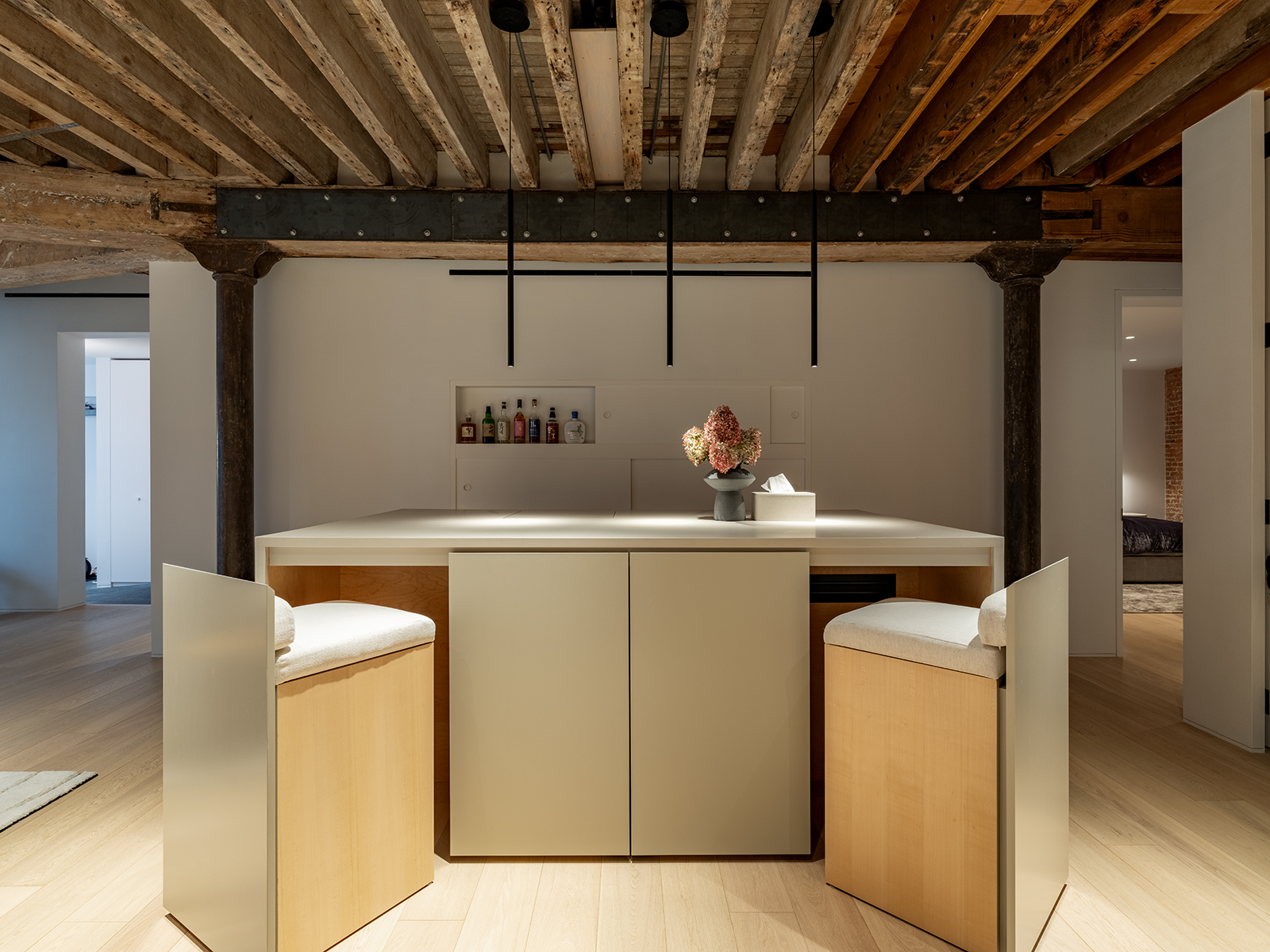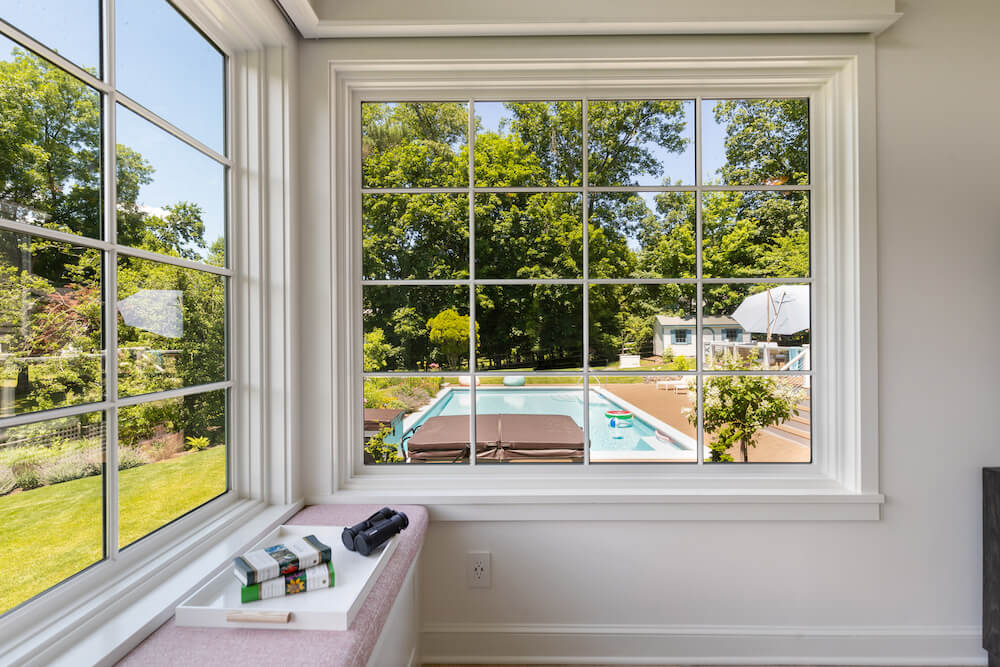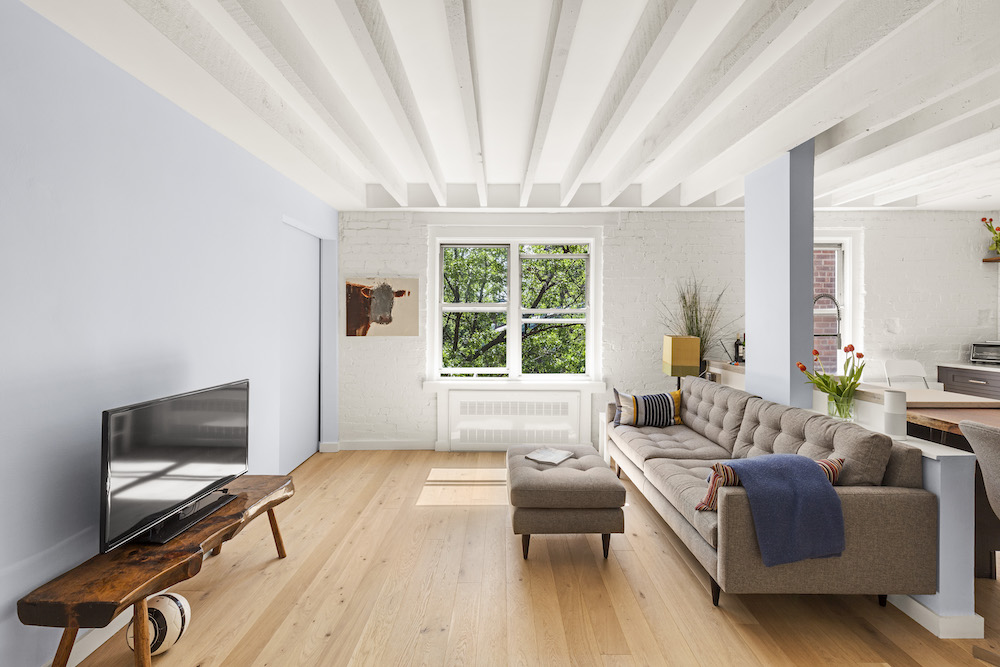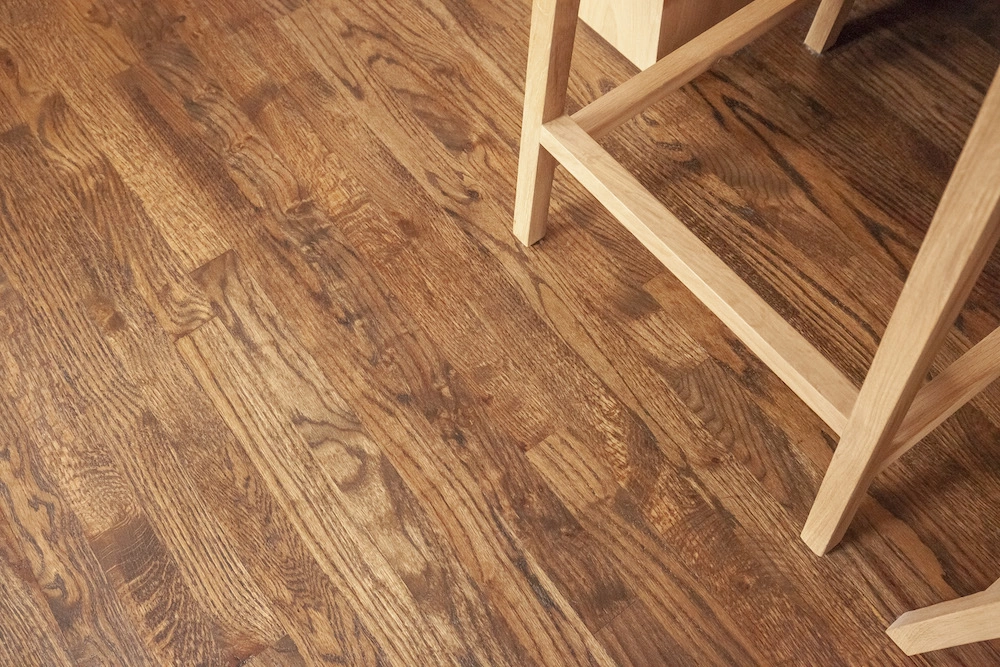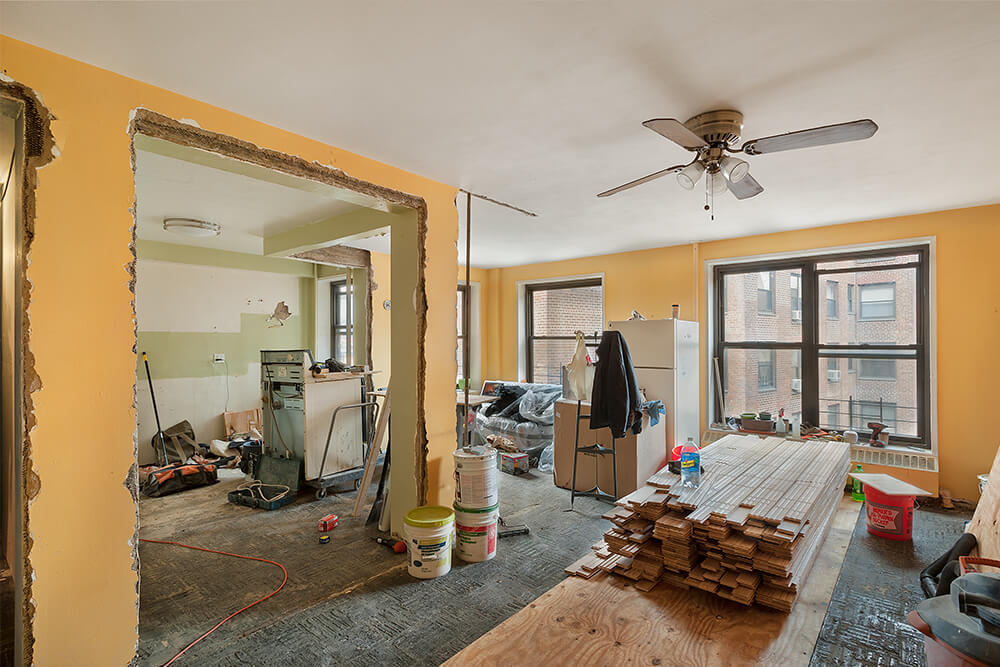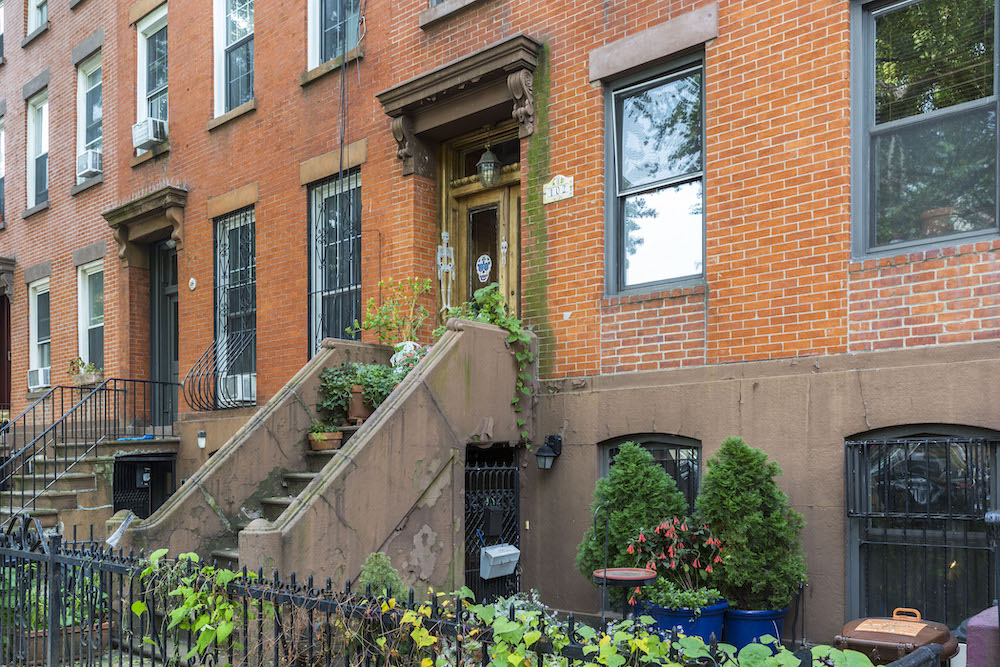Post Construction Cleanup Tips for a Sparkling New Home
Your home is finally complete, but the construction chaos lingers. Don’t let the dust and debris overshadow the beauty of your new space. Post-construction cleanup can be daunting, but with the right approach and expert tips, you can transform your home from a construction zone into a sparkling oasis. From tackling stubborn stains to restoring your floors to their former glory, this guide will equip you with the essential tools and knowledge to reclaim your dream home. Let’s dive in and discover the secrets to a flawless post-construction cleanup.
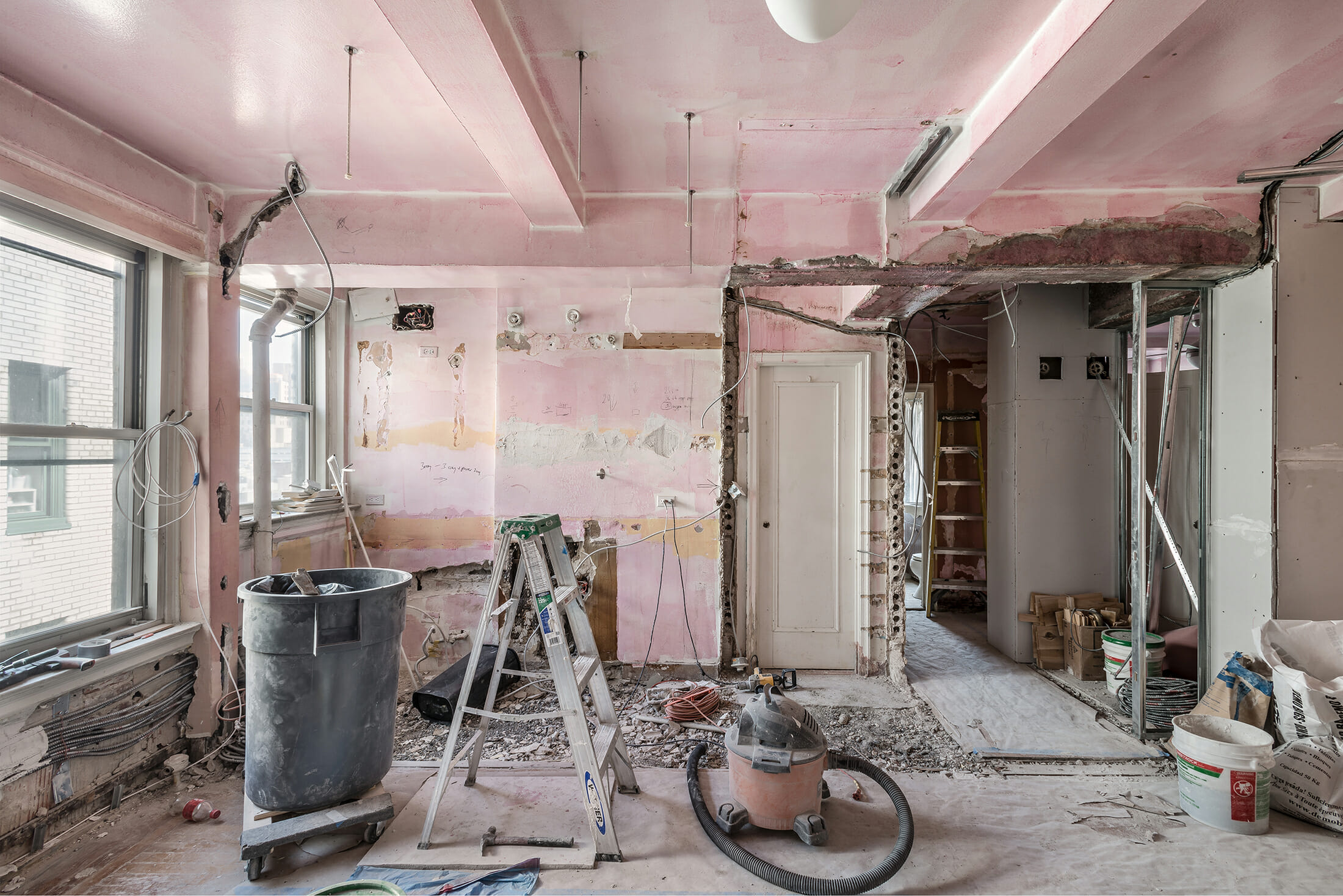
As you prepare for a major renovation, you will be focused on finding a great general contractor. Other items on the list include selecting materials and figuring out costs. With this long to-do list, it’s easy to overlook plans for site prep and protection. Sweeten breaks down how it can have a big effect on your home during and after the renovation.
Post your project on Sweeten for free and make your dream renovation a reality. Sweeten simplifies home renovation by connecting homeowners with top-rated general contractors, handling the vetting process and project management. To learn more about how we can help, check out our home renovation services.
Discuss site prep and protection with your contractor
Contractors generally work with you on protecting the existing space. However, it’s mainly to prevent damage rather than block dirt and grime. That is to say, your floors shouldn’t be scratched or dented, but they may be dusty, streaky, or even sticky. They will need to be cleaned up after the fact. You’ll want to discuss with your contractor your expectations for cleanliness over the duration of the renovation. What services are included and their costs vary depending on the project and the contractor.
Decide whether to stay or go during renovation
Site prep is an important undertaking, especially for homeowners who are renovating just one part of their residence. It becomes even more important if you plan to continue living at home through the renovation. Staying put may cost more than clearing out completely. Extra time and effort go into set-up and tear-down each day. Crews must first lay paper, hang tarp, and add any other protective barriers. These all have to be taken down at the end of the work day in order for the owners to use their home at night.
For example, if you are renovating the kitchen and your only bathroom, your contractor will need to make sure you can maintain access to the facilities. You’ll also need a pathway to walk through to the rest of the apartment. On the other hand, a renovation in an unoccupied home allows the crew to leave the space in relative disarray at the end of the day. The next morning, they can pick up right where they left off. For this reason, whether or not you leave during the renovation is usually part of the initial conversation with your contractor to determine a project estimate. Sweeten brings homeowners an exceptional renovation experience by personally matching trusted general contractors to your project, while offering expert guidance and support—at no cost to you. Renovate expertly with Sweeten
Prep and protect your home, and seal the construction site
If you are undertaking anything other than a complete gut renovation, you can do the following to limit the disruption and minimize the mess:
-
Containment is key: To effectively manage post-construction clean up, start by creating a barrier. Cordon off the renovation zone with heavy-duty tarp (at least .8 millimeters thick) hung from ceiling to floor, sealed tightly with masking tape. For larger areas or intense projects, consider a double layer of tarp. Protect your investment by covering furniture, appliances, and window treatments with drop cloths or tarps. If your renovation is central, lay continuous paper or tarp through high-traffic areas to prevent dirt from spreading.
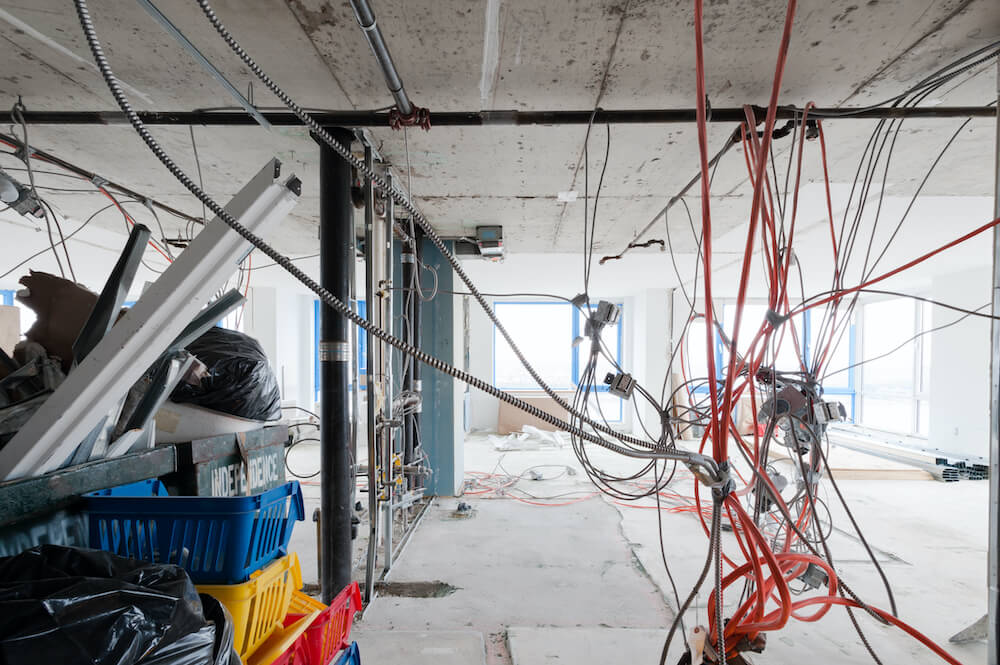
Clear the air
- Vacuum, preferably with a HEPA (“high efficiency particulate air”) vacuum at the end of each work day—you can rent one or discuss getting one with your contractor. HEPA vacuums are able to trap much smaller particles than normal vacuums.
- If you have one, run a HEPA air purifier on high 24/7, and change or wash the filters frequently since they will be working a lot harder than usual. If you don’t have one, consider renting a commercial-grade air scrubber for the duration of the renovation.
- Open the windows! The more air circulates, the better.
-
Protect your air quality: Clean air is essential for a healthy home. Invest in high-quality air filters to capture dust and particles during and after construction. Regularly replace these filters to maintain optimal air quality. Additionally, sealing closet doors with masking tape prevents contaminated clothes.
The costs of prevention are fairly minimal (with the exception of an air scrubber rental, which can run you several hundred dollars depending on how long you need it) but important to identify and account for upfront so that you and your team are on the same page about expectations. And even with excellent containment, you’ll most likely need a dedicated cleaning after the project is done. Read on for how to approach a deep post-construction clean.
How to approach your post construction clean up
Unless you explicitly build it into your contract, extensive cleaning is typically not part of your contractor’s job. The industry standard is “broom-swept,” which usually involves vacuuming up larger bits of debris and then running a broom across the floor. Anything beyond this (including cleaning up common spaces such as hallways and elevators) will need to be specifically arranged, and will most likely incur additional costs that you’ll bear as the homeowner.
Renovation clean-up services
Whether you were a hands-on homeowner or opted for a more relaxed approach during renovations, the final stage – post-construction cleanup – is inevitable. This demanding task requires a systematic approach to restore your home to its former glory. You can choose to tackle this challenge head-on or outsource it to professionals specializing in post-construction cleaning services.
Here’s how Sweeten works: We pre-screen them for our network, carefully select the best ones for your remodeling project, and work closely with hundreds of general contractors every day.
While a deep clean might seem overwhelming, it’s essential for removing construction debris, dust, and grime. The cost of this service often depends on the project’s scale and complexity rather than the square footage alone. Expect to pay significantly more than a standard residential cleaning. For instance, a typical deep clean for a 2,000-square-foot home might start at around $500, considering the intensive effort required to remove construction residue.
Clean-up steps after renovating:
Usually, a post-construction clean up will include the following:
- Sweep and vacuum all surfaces, including ceilings and walls
- Sweep, mop, and disinfect floors
- Vacuum all upholstery
- Wipe down doors, knobs, baseboards, moldings, and hardware
- Thorough wipe-down and sanitization of bathrooms and kitchens (including appliances, cabinets, and counters)
- Dust, vacuum, and wipe-down of all window interiors including sills and frames
- Dust all ducts, grates, vents, blinds, ceiling fans, and lighting fixtures
- Clean all hardware hinges and handles, shelves, and cabinets
- Clean inside all closets
- Removal of all remaining trash and debris (although your contractor should have removed most of this as part of the contract)
If you’re deciding whether to clean up after a renovation yourself or to outsource it, ask yourself these questions:
- Do you have the energy and time?
- How long will it take you?
- Do you have any money left in the renovation budget you could put toward the clean? (Or better yet, build it in now if you haven’t started).
Different circumstances will determine who does the job, but a thorough clean is crucial. All kinds of particles are released into the air during renovations, including various toxins, mold spores, silicates, and ultrafine dust that can damage your lungs. Freshly applied paints, lacquers, and primers also give off fumes. The hefty price tag for a proper clean may well be worth it.
We can help plan your renovation
Find endless home renovation inspiration, detailed guides, and practical cost breakdowns from our blogs. You can also post your project on Sweeten today and get matched with our vetted general contractors and get estimates for free!
